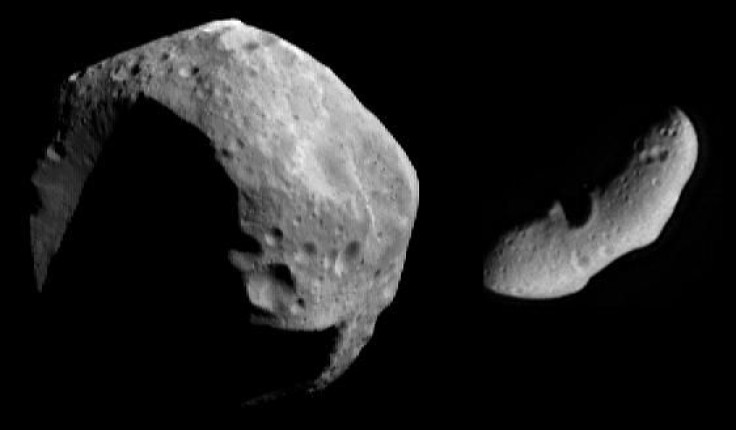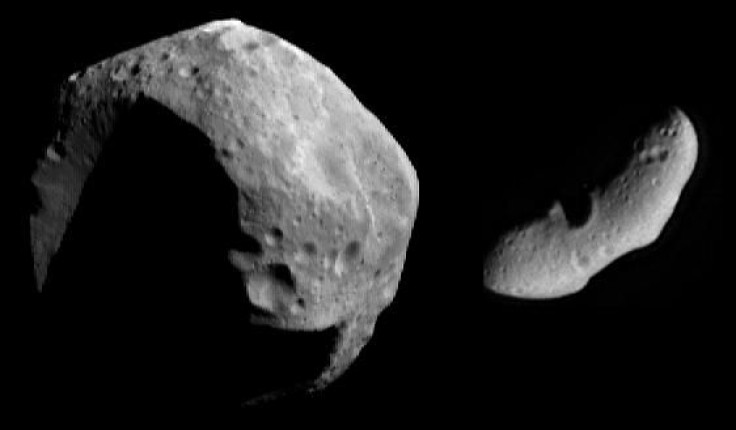Will An Asteroid Hit Earth? NASA Discovers 10 'Potentially Hazardous' Objects

NASA scientists discovered more than 100 new space rocks over the past year — 10 of which were potentially hazardous. The space agency’s asteroid unit, also known as the Near Earth Object Wide-Field Infrared Survey Explorer, or NEOWISE, said in a press released that appears on their website it also saw an unexplained increase in comet activity.
“Comets that have abrupt outbursts are not commonly found, but this may be due more to the sudden nature of the activity rather than their inherent rarity,” said Emily Kramer, a postdoctoral fellow at the NASA’s Jet Propulsion Laboratory and a co-author of the study detailing the discoveries. “It is great for astronomers to view and collect cometary data when they find an outburst, but since the activity is so short-lived, we may simple miss them most of the time.”
Read: Space Junk Could Cause Catastrophic Satellite Collisions, Making Space Travel Impossible
The NEOWISE program has proven indispensable to the discovery of space objects, according to its scientists.

“NEOWISE is not only discovering previously uncharted asteroids and comets, but it is providing excellent data on many of those already in our catalog,” said Amy Mainzer, NEOWISE’s principal investigator. “It is also proving to be an invaluable tool in the refining and perfecting of techniques for near-Earth object discovery and characterization by a space-based infrared observatory.”
The discovery of a multitude of potentially dangerous asteroids by NEOWISE comes hot on the tail of a separate discovery by another group of astronomers from the Astronomical Institute of the Czech Academy of Sciences. A group from the academy said last week that hidden inside the Taurids meteor shower could be asteroid fragments capable of wiping out whole countries. The researchers said one of the fragments could potentially hit Earth in 2022, 2025, 2032 or 2039.
“Since asteroids of sizes of tens to hundreds of meters pose a threat to the ground even if they are intrinsically week, impact hazard increases significantly when the Earth encounters the Taurid new branch every few years,” the scientists said in a press release. “Further studies leading to better description of this real source of potentially hazardous objects, which can be large enough to cause significant regional or even continental damage to the Earth, are therefore extremely important.”
Read: Mars Base Camp Planned For 2028
The scientists noted that there are likely many undetected asteroids inside the Taurid meteor shower spanning up to 990 feet in diameter. Any space rocks smaller than approximately 82 feet should burn up upon entering Earth’s atmosphere, according to NASA. Asteroids spanning 82 feet to 3280 feet would cause local damage, while anything larger than that would have “worldwide effects.” The largest potentially hazardous currently known to NASA is called Toutatis, spanning a whopping 17,716 feet.

© Copyright IBTimes 2024. All rights reserved.












